FREDERICK DEWITT TURNBULL, Captain USN Retired
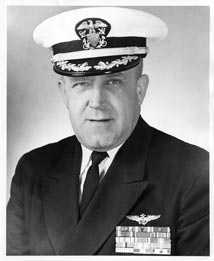
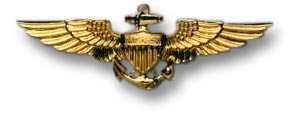 |
Our loving husband and father, Frederick Dewitt Turnbull II, was born in Highland Park, Michigan on August 25, 1923, and passed from his family's loving arms March 20, 2006. A man of such great courage and honor comes this way rarely, and the world is far less for his leaving. He is loved, he is cherished, he is missed. Our hearts are broken.
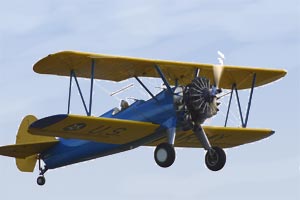
Freds childhood, spent in the industrious city of Detroit, gave joy and meaning to his mother Pearl's life. A bright and happy child, he often remembered fondly the time he once spent a whole summer at his uncle Bill’s farm in the Michigan countryside. Working on the farm, milking cows and repairing fences, was a great time for a city boy. As a teenager in Detroit, young Fred found work as a parking valet at the Fox Theater downtown, becoming a temporary chauffeur for many of the famous Hollywood stars who appeared there at the time. During this period, the lure of aviation began and he saved every penny he could to pay for flight instruction. Trading flight time for washing aircraft, and helping out around the local airport, helped his dream come true. Roaring through the clouds in an open cockpit biplane with the wind in his hair and the heavens in his heart, was his greatest joy. He knew that he had found his future, his lifes calling. He was to be an aviator, and nothing would stand in his way.
Fred graduated from Highland Park High School, and immediately joined the United States Navy on May 11, 1942, as a Naval Air Cadet assigned to VF-12. Fred’s height was barely enough to pass Navy Aviator minimum requirements, earning him the nickname “Shorty” from his fellow trainees, a name which he wore proudly throughout his career. He gained his coveted wings from Navy Flight School in 1943 in Corpus Christi Texas, and was commissioned as a Naval Ensign. By then he held aircraft ratings to fly the SNV-1, SNJ, SBD, and F6F “Hellcat”.
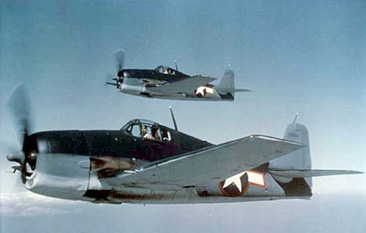
With the war raging in the Pacific, pilots who showed great flying skill were needed desperately. Fred's abilities were immediately evident to his superiors and he was assigned to carrier training at North Island airfield in San Diego. Upon completion of his training, he quickly shipped out to Hawaii and boarded the USS Enterprise, proudly joining Air Group 20 as a qualified air combat carrier pilot. Fred flew F6F Hellcat's from the wooden decks of The Big “E” on many perilous missions in the South Pacific, managing to officially shoot down four enemy aircraft before his fortunes turned.
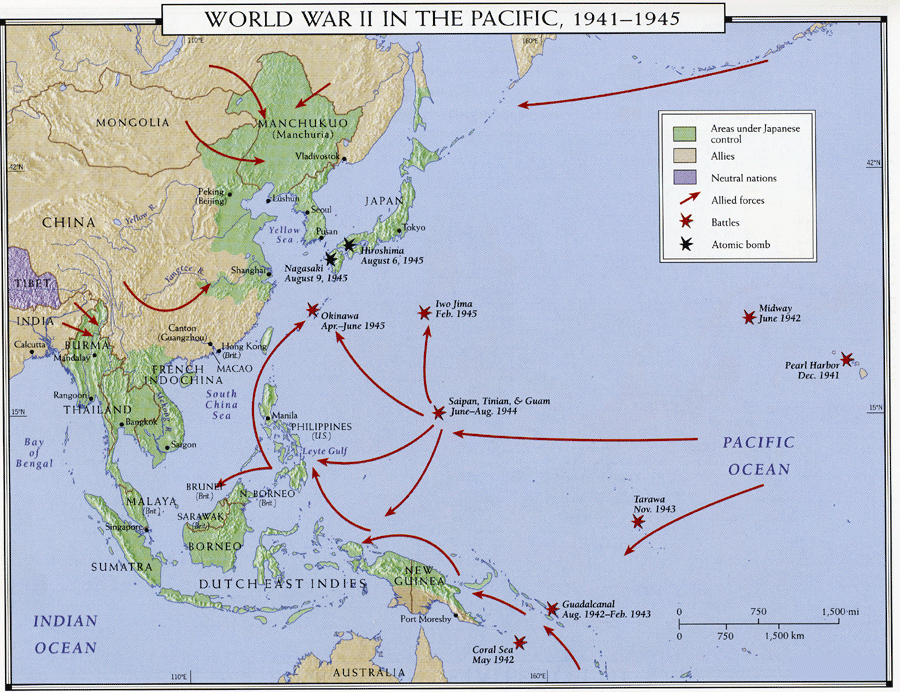
During a carrier air raid on Tianan Airfield on the southern coast of Formosa on Oct 12, 1944, Fred's Hellcat was hit by a shell burst while flying at 8,000 feet, knocking him unconscious, and injuring him severely.
In the famous book "The Big E - The Story of the USS Enterprise", the author had this to say: Of the two bullets pumped into his body, one struck him in the left shoulder and arm, while the other passed through his right chest. At that moment, a Japanese officer appeared, and Fred, puzzled to know why he was still alive, was marched toward an open backed truck. Unable to move fast enough to please his captors, he was viciously jabbed in the back with a bayonet. He was taken to a local Japanese hospital unit, and spent 2 1/2 hours on an operating table - without the benefit of anesthetic - as doctors probed for bullets and shrapnel. He was left to recuperate for two weeks before being transferred to Kempetai Headqurters jail in Tainan Formosa where he was interrogated daily. Meanwhile, at home in Detroit, Fred's mother Pearl received a Western Union Telegram from the war department regrettably informing her that her son Fred was listed as "missing in action", but she refused to believe it. Soon after, he was flown to Tokyo and headed for the now infamous Ofuna "Torture Farm" interrogation camp in the mountains 20 miles south of Yokohama, wearing nothing but a thin cotton kimono. Marched bare-foot from the train station three miles to the camp, with the civilians cursing, spitting, and hitting him. Ofuna was a japanese secret, a very well hidden secret and not registered as a POW camp, so hardly anyone in our allied forces even knew of its existence. The prisoners were not considered to be POWs by the Japanese, but 'Enemy Combatants' who had absolutely no protections afforded POWs from the Geneva Convention or the International Red Cross. They were first told that if they didn't answer their questions, they would be shot and no one would ever know. Their families would never know. Ofuna Camp 1945 Forced to endure savage beatings, and unspeakable torture at the hands of his captors, Fred spent the first months in solitary confinement, losing a great deal of weight from illness, daily beatings and forced starvation. Although escape was impossible from the Japanese heartland, he now steadily gained back lost weight by secretly slipping out of the camp at night and raiding a nearby field for roots, or any kind of food he and another prisoner could find, bringing all he could back to share amongst the others who were in worse shape then himself. His strength and determination to survive this awful time was reinforced by willing himself to become a "living record" of the camp events. He began to memorize the name and rank of every prisoner of the camp, and every new arrival to the camp, for later records. He also committed to memory, in exacting detail, the names and faces of every camp guard, every interrogator, every camp officer, and anyone else who had anything to do with this abomination on humanity. Ensign Fred Turnbull being examined by Australian Army Doctor Captain John Goodchild during liberation from Ofuna Prison Camp. "Ofuna, Japan. 1945. A group of Australian War Correspondents visited a prisoner of war (POW) camp and found shocking conditions of cruelty. The camp was about fifteen miles out of Yokosuka Naval Base, and the Correspondents were the first to find the POWs. The camp was not registered (with the International Red Cross) and all the 103 occupants, comprising ninety eight Americans, four British and one New Zealander, were reported dead some time ago. The men had been cruelly beaten and maltreated, but for the past week or two they had better treatment and were given a chance to pick up. American planes had dropped comforts and clothing to them. The Japanese guards who had beaten the men were taken from the camp and replaced by others a week before the occupation. An example of the ill treatment is shown to Australian Army Captain John Goodchild of Melbourne, Vic (left). Ensign Fred Turnbull of Detroit was shot down over Formosa twelve months ago. Before he could free himself of his parachute harness he was shot twice through the shoulder and bayoneted twice although he was not armed. The Japanese later refused to treat the wounds. Since being taken to Ofuna POW camp he has watched three of his best friends die from neglect and beatings. Food was rice, grass and thin bean soup." Fred was mercifully released from Ofuna on Sept 1, 1945. When the powerful US Fleet steamed into Tokyo Bay to hold the official Japanese surrender upon her decks, the prisoners from Ofuna were among the first orders of business for the Navy. Rescue teams found the camp and began evacuating them to the docks in Yokohama. Fred and others from the camp were transferred aboard the USS Missouri and sent to sick bay, while those in far worse shape were sent to the USS Benevolence hospital ship. Fred was beaten up, ill and emaciated, but he had survived to witness the end of his personal, and his country's terrible nightmare.
Fred's encyclopedic knowledge of the camp prisoners was of great value later in piecing together the awful fate of many other men who had been listed as "missing in action" but were in the camp at some point. Certainly, many did not survive at Ofuna, but their families at least learned the truth. Fred's knowledge of the wrongdoers was of great value in the pursuit of justice. He returned to Japan in 1947 as a witness in the Imperial Japan War Crimes trials held in Yokohama. Some of the sadistic Japanese guards on trial were sentenced to death based upon his and others testimony. During the trial Fred came to learn that of the 26 other American fliers that were shot down over Formosa during those same air raids when he was captured, 16 were beheaded, and three died in prison camps. He also learned from captured Japanese documents that he had been condemned to die by the Ofuna camp officers, and was to be executed on Sept 8, seven days after his eventual, and very fortunate, Sept 1 release.
Back in the United States, while recuperating at a hospital in Chicago, Fred met the love of his life on a blind date, an attractive young nurse by the name of Helen Babej. It certainly was love at first sight, for he asked her to marry him one week after they had met. They married five months later on May 11, 1946 in Detroit, Michigan.
Helen discovered the reality of military life rather quickly as Fred had many different station assignments in a short period of time - from Corpus Christie Texas, to Pensacola Florida, to Miami, Florida, to Jackson, Mississippi, to NAS North Island in San Diego. On Valentines Day 1947, in San Diego, Helen gave birth to their first of three children, Frederick Dewitt Turnbull III, known to all of us as “Rick”.
Soon afterward, Fred was transferred to NAS Los Alamitos, where he advanced to a Flight Training Officer, instructing and qualifying pilots in many different types of aircraft, including the four-engined Douglas R5D-3 Skymaster, the Grumman F6F Hellcat, the Grumman TBM “Avenger”, and the gull winged F4U Corsair. During this time Fred was one of the first to make the transition from propeller driven aircraft to the modern day world of jet aircraft. He qualified in the McDonnell F2H “Banshee” and the North American FJ “Fury” and Grumman F9F “Panther”, and was promoted to Jet Training Officer. Fred and Helen’s second child, Mark Steven, was born in nearby Long Beach in 1949.
Now the Korean War was heating up and Fred shipped off to war with Squadron VF-91 aboard the aircraft carrier USS Philippine Sea in 1952, flying F9F Panther fighter jets in combat against the communist MIGs over North Korea. In the movie “The Bridges of Toko-Ri” many full-color scenes of VF-91’s Panthers, with their distinctively painted Red Lightning Bolt’s slashing across their dark blue noses, can be seen. Combat was intense in the skies over the Yalu River, but Fred was victorious and returned safely in 1953. Fred’s great aerial skills returned him to training new jet pilots in the techniques of vicious air combat in San Diego, the “Top Gun” school of it’s day. He then transferred to Minneapolis in 1955 as a Flight Training Officer and Operations Officer. Their first daughter, Debra Ann, was born to Fred and Helen in Bloomington, Minnesota in March 1955. In 1957 he again transferred to NAS Millington, Tennessee again as a Flight and Operations Officer with NARTU, flying and instructing in the FJ Fury’s, the T33 Shooting Star, and the P2V Neptune, and many others. Lt. Commander Turnbull was promoted to Commander in Memphis in 1959, and again transferred to Alameda California to begin as Flight Training Officer of VA-125, flying one of Fred’s most loved aircraft, the McDonnell Douglas A4 “Skyhawk”, Fred transferred again in 1963 to Willow Grove, Pennsylvania in 1963, where he was promoted to the high rank of Captain. In 1965, Fred became Commanding Officer of the Naval and Marine Training Center in Columbus, Ohio. After 25 years of glorious, honorable and meritorious service, Fred retired from the Navy on July 1, 1967. His legacy is recognized and will be remembered through these medals he received in service to his country: Air Medal (13 Star), Fred immediately began his second career working for McDonnell Douglas Corporation as Administrator of Technical Support for the A-4 Skyhawk. He moved to Yuma, Arizona in 1971 as Head Technical Representative for the A-4. In 1976, Fred and Helen moved to Kuwait where Fred was the Liaison Officer - Manager of Military Technical Support to the Kuwaiti government until 1984. He worked for McDonnell Douglas in Long Beach as Administrator of Technical Support for the A-4 until retiring in 1993. The Turnbulls relocated to Seal Beach, California, where they remained after retirement. In addition to his three children; Rick, Steve and Debbie, Fred has two terrific daughters-in-law, both named Karen. In addition, he has three grandchildren; Stasia, Kelly, and Timothy; great-grandchild, Jacob; step-grandchildren; David, Mark, James, and Melissa; and their kids; Cierra, Darryl, Basil, Dan, Joseph, Tyler, Kayleigh, Chelsea, and Grace.
Fred was much loved by all of his family, as well as his hundreds of friends and colleagues. In spite of many of the trials and tribulations of the war years, Fred remained jolly, fun-loving, adventurous and good-natured. He was a special man. He was a great and honorable man. He was a loved man. Captain Frederick Dewitt Turnbull and Helen Turnbull
"...At the rendezvous, Turnbull, looking pale and grim, signaled that he had been hit by AA. The four planes started south to return to base, with Turnbull flying steadily at first. However after a few minutes, he began to wander off from time to time and finally started falling off in several steep dives, pulling out at extremely low altitudes and climbing back up. Peterson and Laxton saw that he could not possibly continue and told him to bail out, which he did, as the planes were crossing the mountains at the southern tip of Formosa. His parachute opened and he drifted southwest, landing in the water 20 yards offshore near Koshun. The circling planes dropped two rubber life rafts which he failed to use, and a few minutes later he was dragged out of the surf by several people who placed him on the beach. Presently the "rescuers" wrapped him in his parachute, placed him in a truck. On his last circle, Turnbull's wing-man saw a soldier with a gun standing on the beach and waving at him
.
"Shorty" Turnbull, after being shot twice as he lay wrapped in his chute, threatened with a samurai sword and bayoneted as he tried to walk to the truck, spent the rest of the war in enemy hospitals, concentration, and interrogation camps, but survived to return to his family in September 1945.
--"The Big E - The Story of the USS Enterprise" by Commander Edward P. Stafford, USN
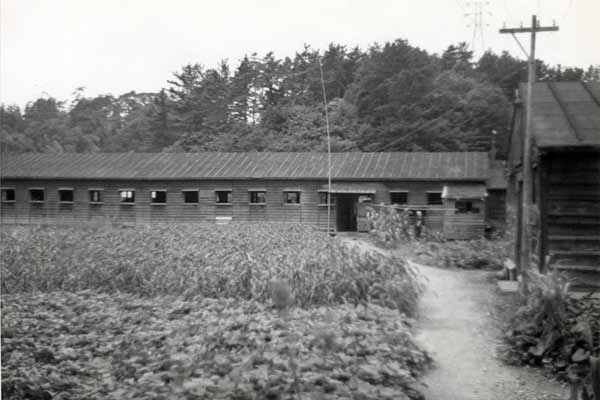
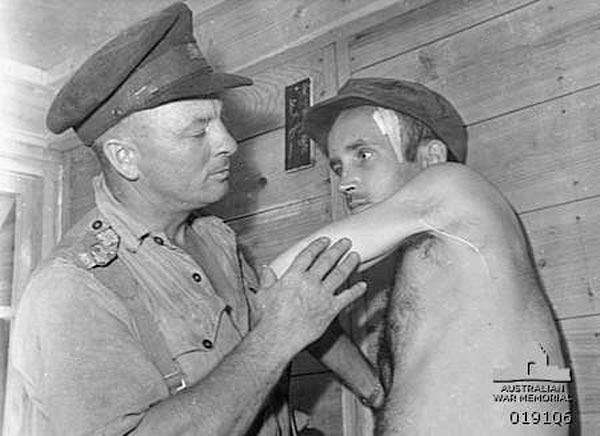


















Prisoner of War Medal,
Purple Heart (2 star),
Navy Commendation Medal,
American Campaign Medal,
Asiatic-Pacific Campaign Medal,
United Nations Korean Service Medal,
Korean Service Medal,
National Defense Service Medal,
World War II Victory Medal,
Armed Forces Reserve Medal,
Philippine Liberation Medal
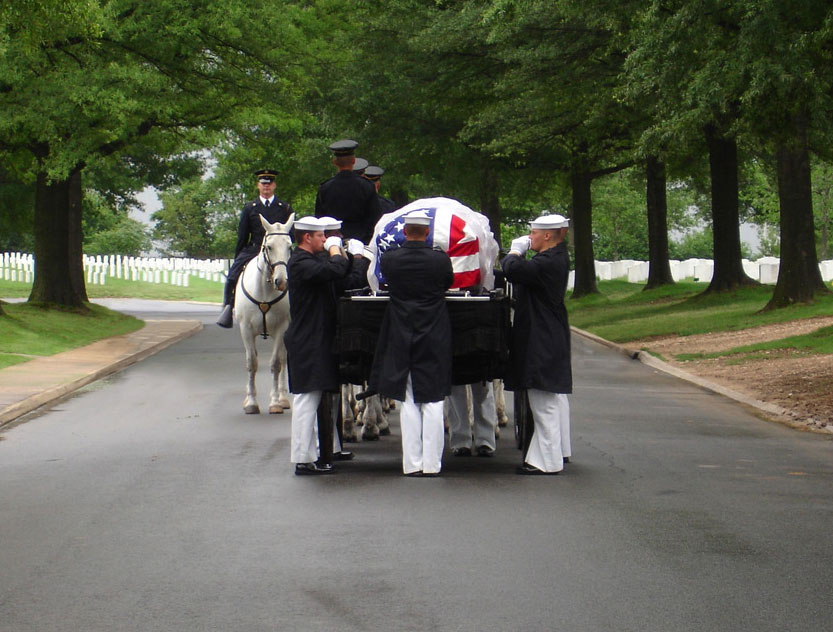
now together at
Section 64, Grave 4695
Arlington National Cemetery, Washington DC